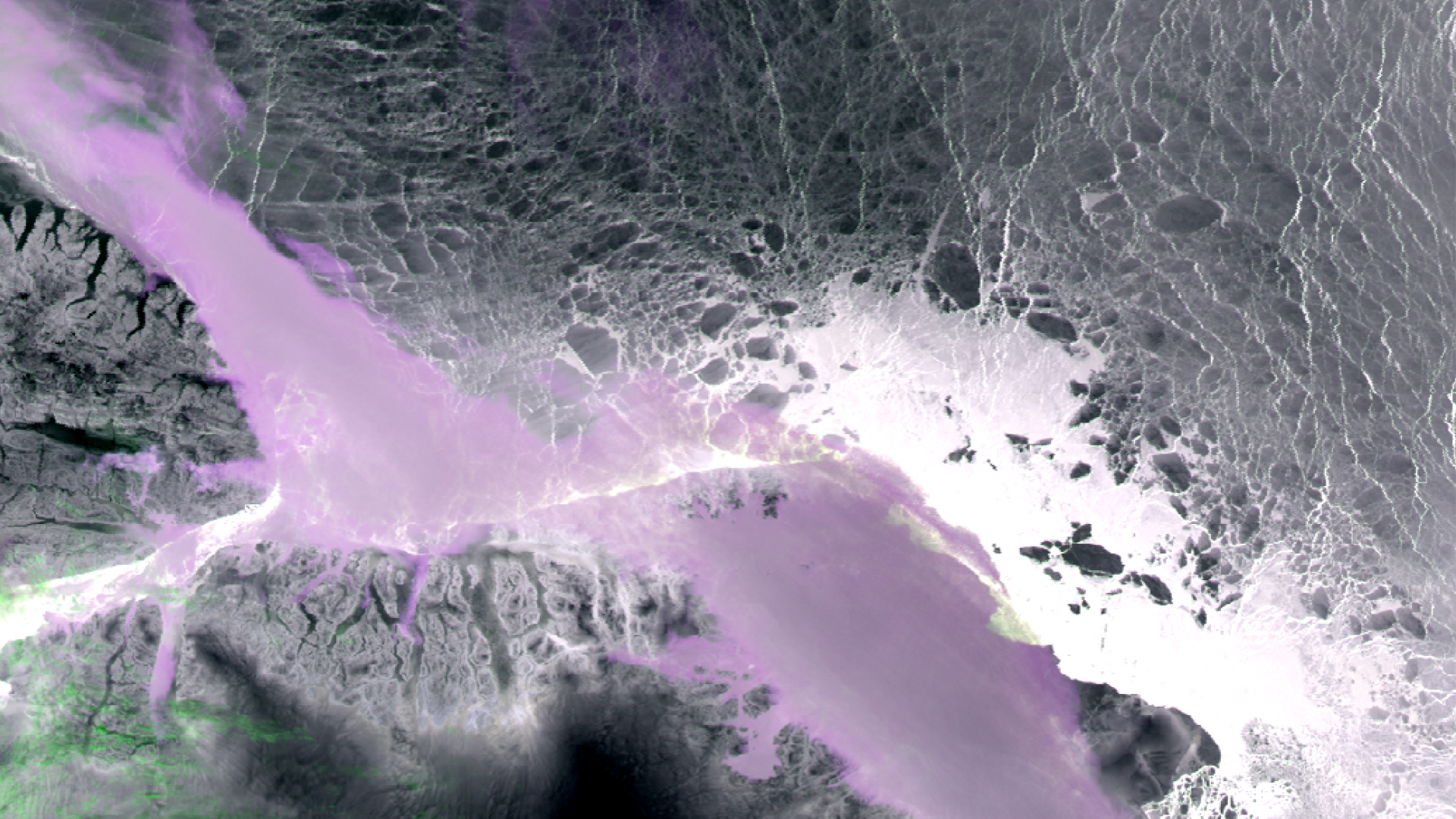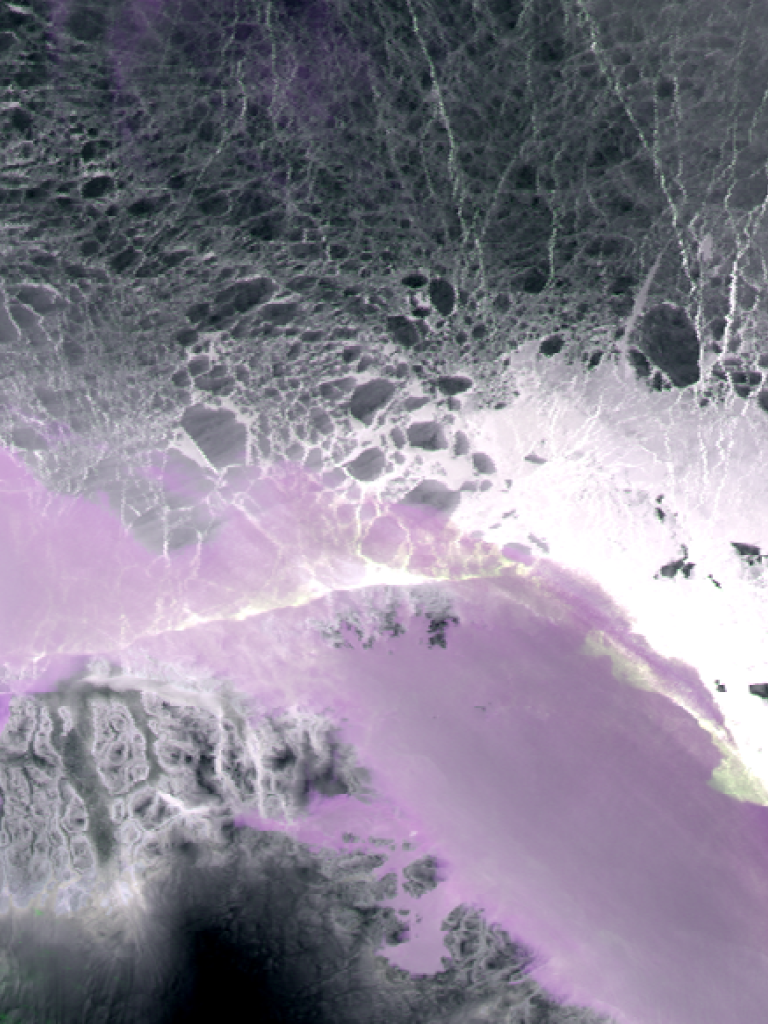16 February 2023
11 December 2018
The study will recommend appropriate algorithms for use with Sentinel-3 SLSTR, then validate and provide a quantitative assessment of the algorithms.
Objectives
The algorithms developed for SLSTR sea-ice surface temperature shall be suitable for future operational implementation for Copernicus Sentinel-3 SLSTR. Considerations and possible recommendation of high-latitude sea surface temperature (SST) algorithms, adjacent to areas where ice surface temperature retrievals are used, shall be provided, to ensure there are no large discontinuities in retrieved surface temperature. The study will provide any necessary auxiliary data or Look Up Tables (LUT) as recommended, and any test data used or produced within the study.
The study can be considered in three main sections:
- Theoretical description of appropriate algorithms for an SLSTR sea-ice and marginal ice zone temperature (hereafter referred to as Ice Surface Temperature, IST) retrieval.
- Validation and quantitative assessment of the recommended algorithms.
- Input Output Dataset Description (IODD) and prototype processor.
Overview
Satellite remote sensing of surface properties are essential parts of the global observation system that provide vital input to Numerical Weather Prediction (NWP) models, sea ice models and climate studies.
Observations of surface (or skin) temperature (ST) are of particular importance, since ST controls the exchange of energy between earth and atmosphere. Ice Surface skin Temperature (IST) is a relatively new area in satellite-based surface temperature retrieval, compared to the retrievals of Sea Surface Temperature (SST) and Land Surface Temperature (LST) that have been done for decades and are now commonly included as boundary conditions in NWP and climate models, e.g. [Ghent et al., 2010] [Donlon et al., 2007].
By significantly extending the global coverage of satellite-based ST estimates towards higher latitudes, retrieval of IST offers significantly improved knowledge on the earth-atmosphere energy transfer in the regions most affected by climate change.
Precise and accurate satellite IST measurements are essential for models and climate applications, because even small changes in the surface temperature can change a sea ice regime from perennial sea ice cover to seasonal ice cover. It was shown that an increase energy flux of approximately 5 W/m2 is equivalent to a 1 K increase of ice surface temperature [Steffen et al., 1993], which again can change ice state from Multi Year Ice (MYI) to First Year Ice (FYI) [Björk and Söderkvist, 2002].
The applicability of satellite IST data in, for example modelling, therefore depends on its quality. However, determining the quality of satellite IST is not trivial, because in situ IST observations from Sea Ice both can represent temperatures from below the snow surface and air temperature above the snow, depending on the type of observation.




